EECS 3311
软件设计实验代写 All your lab submissions must be compilable on the department machines.It is then crucial that should you choose to work on your own machine
Software Design
Lab 2 (100 points), Version 1
Building an Analyzer for a Simple Programming Language
Instructor: Song Wang Release Date: Feb 8, 2020
Due: 11:59 PM, Friday, March 5, 2020
All your lab submissions must be compilable on the department machines. It is then crucial that should you chooseto work on your own machine, you are responsible for testing your project before submitting it for grading. This labis intended to help you get familiar with the basic OOP design principles.软件设计实验代写
Check the Amendments section of this document regularly for changes, fixes, and clarifications. Ask questions on the course forum on the eClass site.
1 Policies 软件设计实验代写
-Your (submitted or un-submitted) solution to this assignment (which is not revealed to the public) remains the property of the EECS department. Do not distribute or share your code in any public media (e.g., a non-private Githubrepository) in any way, shape, or form before you get the permission from your instructors.
- You are required to work on your own for this lab.No group partners are allowed.
- Whenyou submit your solution, you claim that it is solely your Therefore, it is considered as an violation of academic integrity if you copy or share any parts of your code or documentation.
- Whenassessing your submission, the instructor and TA may examine your doc/code, and suspicious submissions will be reported to the department/faculty if We do not tolerate academic dishonesty, so please obey this policy strictly.软件设计实验代写
-Youare entirely responsible for making your submission in time.
- You may submit multiple times prior to the deadline: only the last submission before the deadline will be graded.
- Practicesubmitting your project early even before it is in its final form.
- Noexcuses will be accepted for failing to submit shortly before the deadline.
- Backup your work periodically, so as to minimize the damage should any sort of computer failures You can use a private Github repository for your labs/projects.
- Thedeadline is strict with no excuses.软件设计实验代写
- Emailingyour solutions to the instruction or TAs will not be acceptable.
Amendments
- so far sogood

2 Grading Criterion of this Project 软件设计实验代写
- When grading your submission (separate from the report), your Eclipse project will be compiled and then executedon a number of JUnit test cases for evaluating your implementation of Directed Graph.软件设计实验代写
- Fortesting your implementation of the CFG, we will executed a number of acceptance tests similar to txt, at02.txt, at03.txt, at04.txt, etc. Each acceptance test is considered as passing only if the output generated by your program is identical to expected output.
3 Problem and background
In this project, you are asked to complete the design and implementation of analyzing Python– program (i.e., a simplified version of Python program language), which contains two associated functionalities, i.e., control-flow-graph (CFG) generation and analysis.软件设计实验代写
Python– is a strict indentation-based program language, which uses indentation to separate code blocks and provide a visual feedback on the level of structure your program is in.
Python– shares the same syntax with Python while only contains two types of control flow statements (i.e., if and for). To build CFG of Python– code, we categorize program code blocks into five statements showed in Table 1. We have also show the corresponding CFGs and their directed-graph based representations.软件设计实验代写
Python– only has three control flow keywords, i.e., if, else, and for, with which we can break a program into different blocks. Note that, we allow embedded control flow statements (at most two level of nesting). We use the code blocks’ sequential order in a program to number them in a CFG.
Python– has one entrance point while can have at least one exit point. There are two types of exit points, i.e., the return statement (i.e., explicit exit point) or the end of a method (i.e., implicit exit point).
Table 1. Statement types in Python–
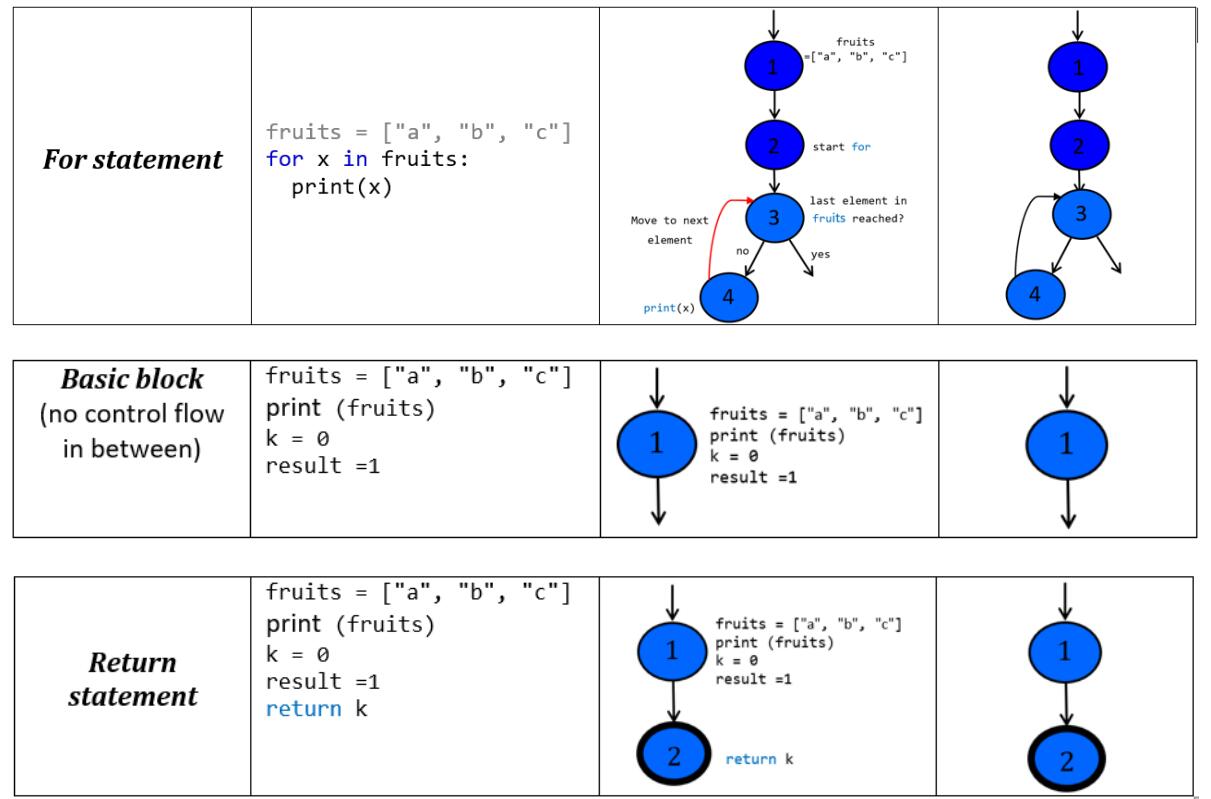
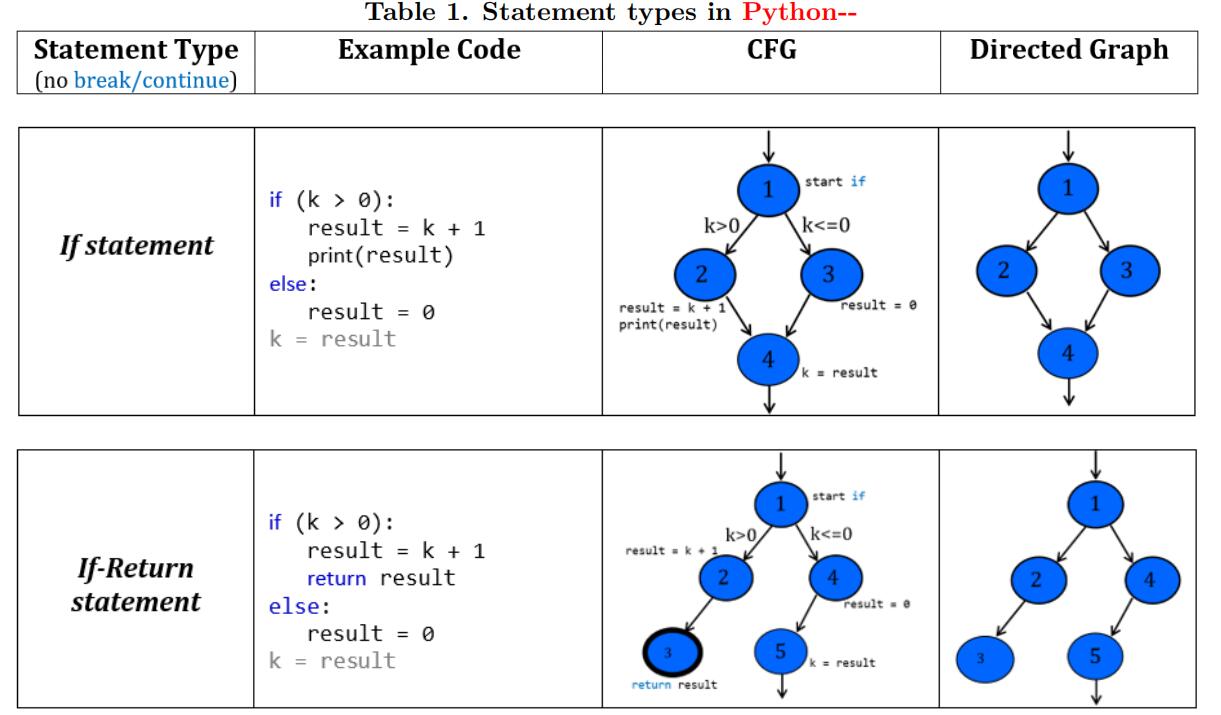
In this lab, we use LinkedList based directed graph to build and represent CFGs. A directed graph is a set of vertices and a collection of directed edges that each connects an ordered pair of vertices. We say that a directed edge points from the first vertex in the pair and points to the second vertex in the pair. We use the names 1 through V for the vertices in a V-vertex graph. A typical directed graph is shown as follows in Figure 1.
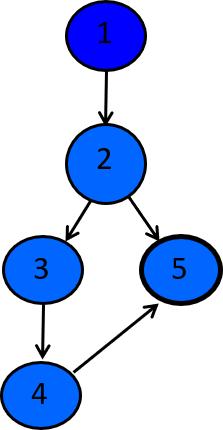
Figure 1: An example directed graph
Branch in the graph: Given a directed graph and the start vertex s and a set of end point set T ={t1, t2, …, tn}, each branch starts from s to t (t ∈ T ). A branch can only contain the same vertex at most twice.软件设计实验代写
Adjacency matrix representation of graph: The size of the matrix is VxV where V is the number of vertices in the graph and the value of an entry Aij is either 1 or 0 depending on whether there is an edge from vertex i to vertex j. The matrix of example graph in Figure 1 is:
0 1 0 0 0
0 0 1 0 1
0 0 0 1 0
0 0 0 0 1
0 0 0 0 0
3.0.1 Functionalities of CFG Analyzer
To simplify Python– analyzer, we limit the scope of its input to a single Python– method. An input method could contains multiple control flow statements and basic blocks, which always starts from a method declaration. An example input method is as follows:
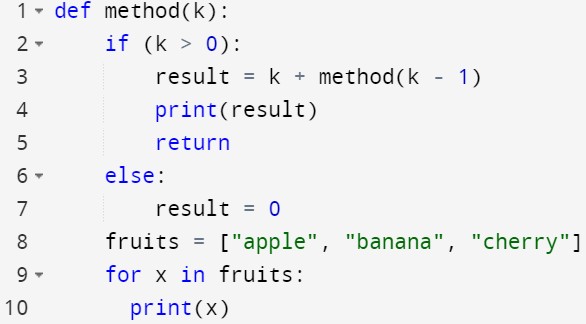
Figure 2: An example input Python– method.
Line 1 is the method declaration, which is a fix format for all inputs. Method declaration is the ftrst vertex in the CFG. We can use the three control flow keywords (i.e., if, else, and for), return statement, and indentation style to break a method into sequential code blocks. Line 2 to 7 is a if-return statement, line 8 is a basic block, line 9 to 10 is a for statement, and there also exists an implicit exit point at the end of this method (i.e., the last vertex in the CFG).
Python– analyzer takes 5 options, which is showed as follows:

Figure 3: Commands of analyzer.
Option p is required, whose value is the path of the method to be analyzed. Other options are optional. If the input argument has h, analyzer will print the help information showed in Figure 3 (this has already been implemented). If the input argument has g, analyzer will build its CFG and print adjacency matrix of the CFG, if has n, analyzer will show the number of branches in the CFG, if has d, analyzer will print each branch. You can find more details in the acceptance tests.软件设计实验代写
Steps to run analyzer are as follows:

Figure 4: Step 1: Open the run-time configuration of analyzer.
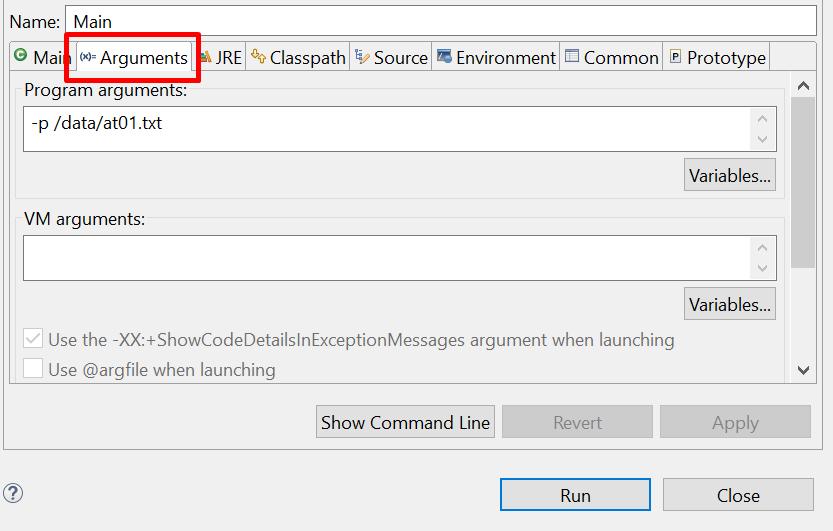
Figure 5: Step 2: Run analyzer with appropriate arguments.
4 Getting Started 软件设计实验代写
- Go to the course eClass page for Section Z. Under Lab 2, download the file zip which containsthe starter project for this lab.
- Unzipthe file, and you should see a directory named analyzer. It’s a Eclipse
- Youcan import this project into your Eclipse as an general Java project.
5 You Tasks
5.1 Task1: Directed Graph (40 points)
- You are expected to write valid implementations in the Edge, ListDGraph, and Vertex Each instance of“TODO:” in these classes indicates which implementation you have to complete.
- Study the DGraphTest class carefully: it documents how Edge, ListDGraph, and Vertex expected to work.软件设计实验代写
- Youmust not change any of the methods, parameters, or statements in the DGraphTest class.
- In the StudentTest class, you are required to add as many tests as you judge necessary to test the correctness of directed graph. You must add at least 20 test cases in StudentTest, and all of the must pass. (In fact, you shouldwrite as many as you think is )
- You will not be assessed by the quality or completeness of your tests (i.e., we will only check that you have at least 20 JUnit test cases/methods and all of them pass). However, write tests for yourself so that your softwarewill pass grading tests that we run to assess your
5.2 Task2: CFG Analysis (50 points)
- You are expected to write valid implementations for building CFG for a given Python– method based on the directed graph you built inTask
- You are not allowed to use any graph related third-party libraries in your Task You can create new class- es/methodsin the analyzer package to finish your Task 2.
- Study the acceptance tests (i.e., at01.txt, at02.txt, …) and their expected outputs under different options carefully:it documents how the analyzer expected to work.
5.3 Task3: Design Report (10 points)
- Compileand print off a report including: names and your CSE
- Theclass diagrams for your design (https://app.diagrams.net/); You must also include the io XML source ftle of your class diagram and its exported PDF in the docs directory when you make your electronic submission.
- Explainin details how your design your software, which design patterns you have used in your implementation.
- At most 2 pages.
6 Submission
To get ready to submit:
- CloseEclipse
- Zipyour lab2 project with name ‘EECS3311_Lab2.zip’.
By the due date, submit via the following command:
submit 3311 lab2 EECS3311_Lab2.zip

其他代写:program代写 cs作业代写 app代写 Programming代写 homework代写 考试助攻 finance代写 代写CS finance代写 java代写 代写CS作业 course代写 data代写 python代写

